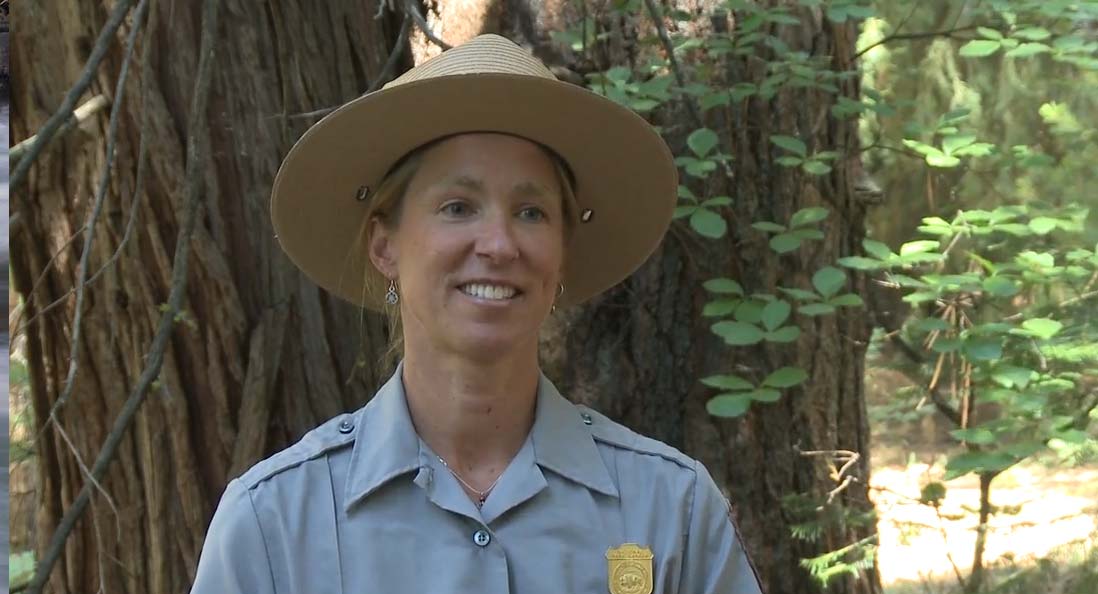The powerful and fast peregrine falcon has one of the longest migrations of any North American bird, wintering in South America and travelling up to 15,500 miles a year.
Rapid Decline
Falcon populations dropped radically from the 1950s through the 1970s, largely due to DDT poisoning.
No Longer Endangered
Yosemite Conservancy funded work throughout the 1980s and 1990s to reintroduce this endangered species back into the park. This work contributed to the falcon’s success and subsequent removal from the Endangered Species List in 1999.
Nesting on El Capitan
Today the Conservancy continues to support research into their long-term health and survival. The great news is that a 2009 survey shows the peregrine falcon population size in Yosemite has doubled since an earlier 1995 survey. The most exciting development from this survey was the confirmation of nesting peregrine falcons on El Capitan after a 16-year absence. What’s more, the birds are using the exact same ledge where climbers discovered peregrines nesting in 1978 — after an absence of more than three decades!
Sharing Information
Knowing the location of current nest sites is essential for implementing protection measures, such as minimizing disturbance from climbers and other recreational activities and from park flight operations. New information from the 2009 study on the peregrine’s status will also be shared with state and federal agencies and contribute to recovery programs nationwide.

